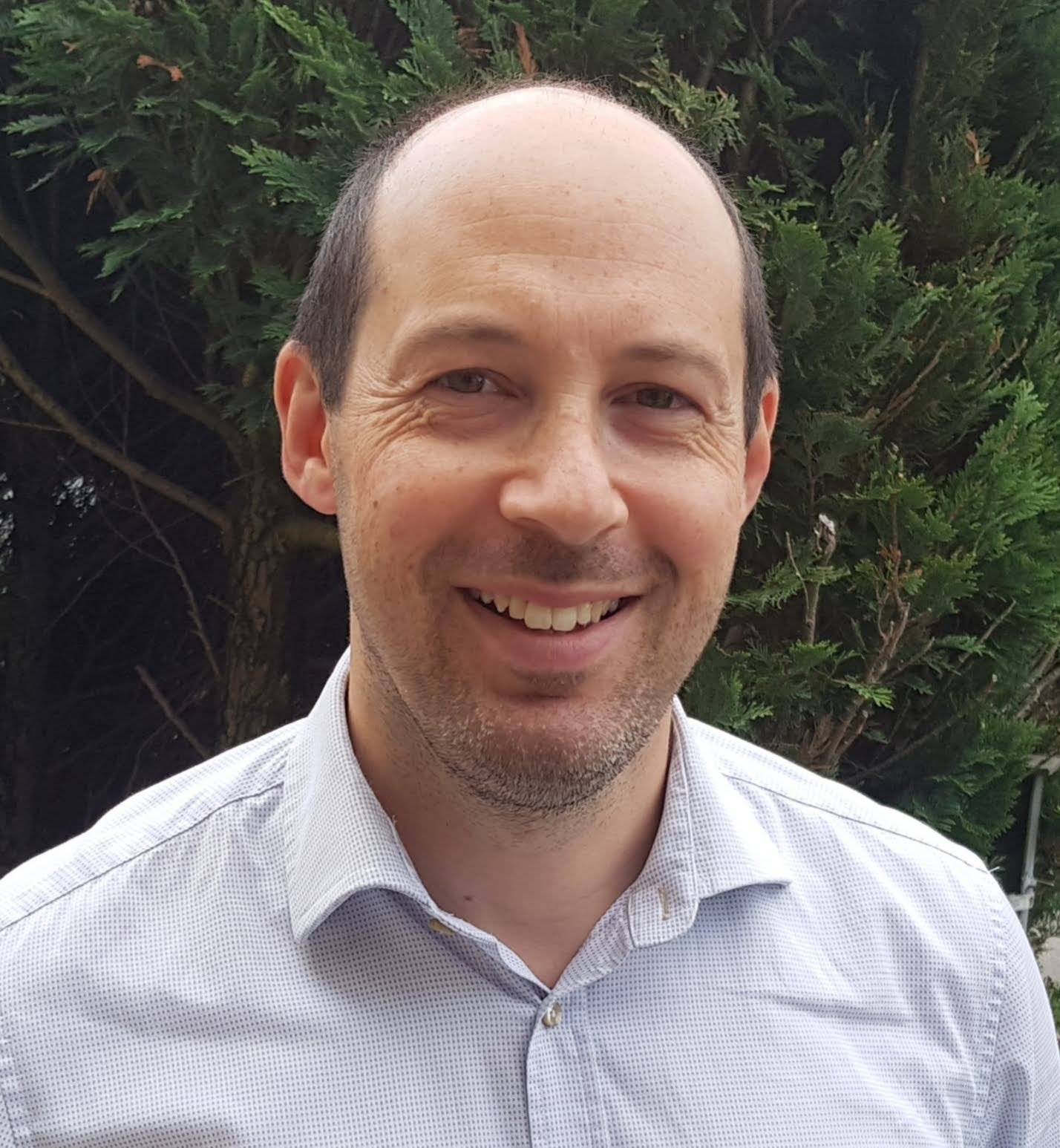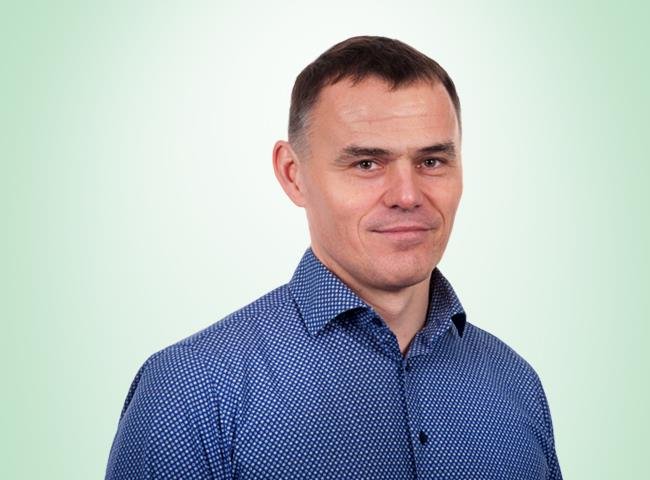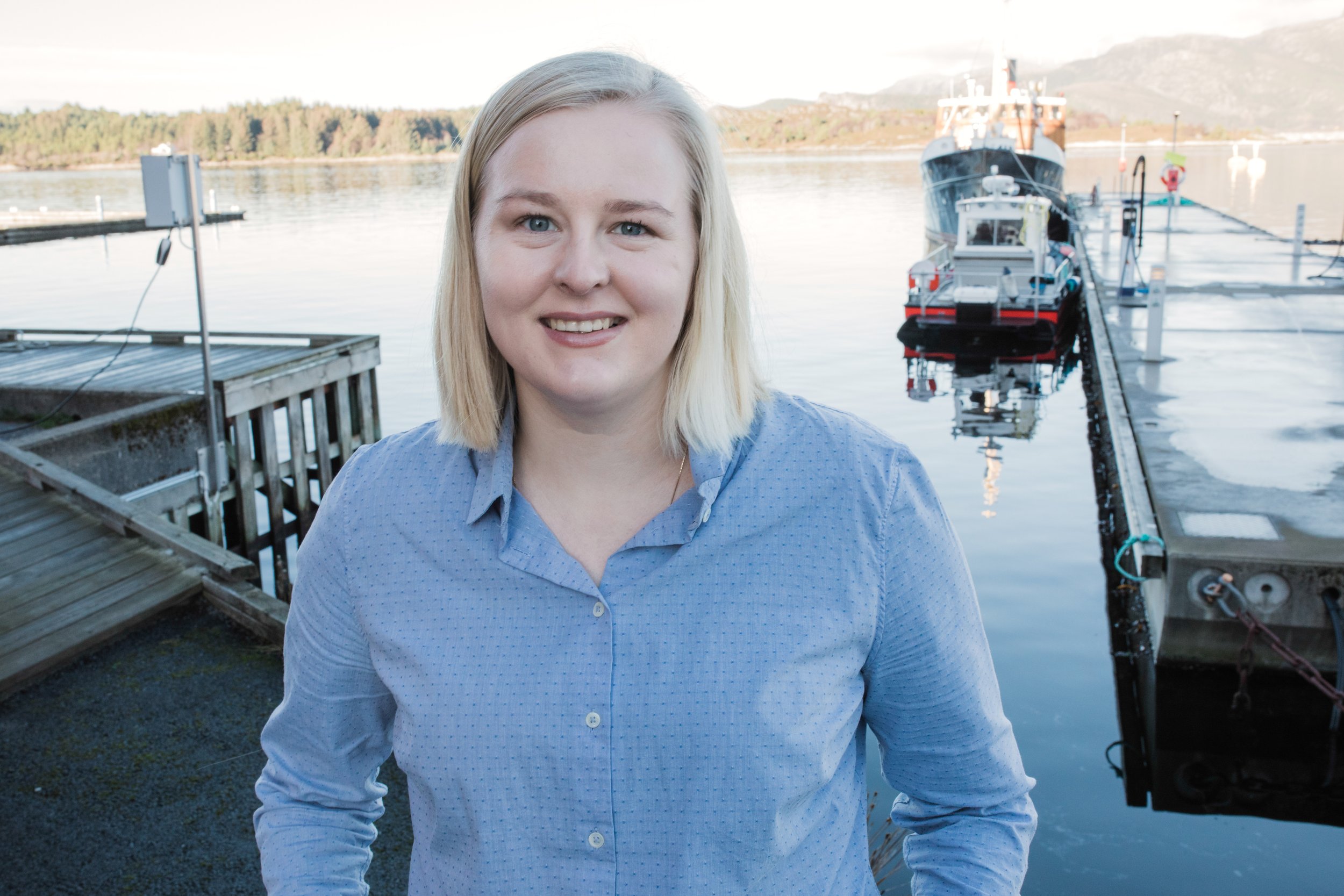Cluster catch-up: Statkraft
“We have a target of investing in 2 GW of electrolyser capacity by 2030.”
In the last Cluster Catch-up, Topeka shared their perspectives on the work from powerpoint slide to realization. Now it’s Statkraft’s turn! Statkraft is a leading company in hydropower internationally and Europe’s largest generator of renewable energy.
We reached out to Kevin Gould, Business Development Manager in Statkraft, for a chat about the future.
What is Statkraft’s primary focus right now?
Kevin Gould, Business Development Manager in Statkraft.
Without renewable energy there is no green hydrogen so huge efforts are ongoing to develop wind, solar and hydro projects. In the hydrogen space Statkraft is focussed on developing a portfolio of projects across its key geographies where we have operations and power assets today. We have a target of investing in 2 GW of electrolyser capacity by 2030. Our focus is currently in Norway, Sweden, United Kingdom, Germany and The Netherlands as it is in these countries that we see a lot of activity both from a market and regulatory perspective.
Our primary focus right now is to develop the pipeline of projects we have ongoing now, whilst increasing our organisation to deliver on this. There were signals a few years ago that the maritime sector and heavy duty land transport would be early movers in the hydrogen space. There are still a lot of exciting developments here but we see that industrial projects are materialising more and more and maturing most quickly. We expect that many hydrogen-related industrial projects will also be combined with elements linked to the transportation markets.
What are the biggest challenges and opportunities for Statkraft in the future?
Statkraft have a strong belief that hydrogen and its derivatives will play an important part in the future energy system and is essential for deep decarbonisation. As Europe’s largest producer of renewable energy we are in a strong position to become a large player within green hydrogen. We see a lot of opportunities to develop our own projects, to collaborate with other companies to co-develop projects and also to play a role in integrating hydrogen into the wider energy markets. Just within Europe, the EU has set a target of 10 million tonnes of domestic hydrogen and 10 million tonnes of imports by 2030 as part of the REPowerEU plan.
Some of the biggest challenges include:
Securing sufficient support for early movers to compensate for their extra cost and risk, both CAPEX and OPEX, until the cost of CO2 emissions has reached the adequate levels to make projects commercially viable.
Standardisation and legislation that makes it possible to plan for long-term solutions, so that early movers don’t put their money on the wrong solutions.
Developing a maritime offtake with sufficient volume, including a high enough concentration of demand at key ports and predictable frequency of departures.
Ensuring stringent safety standards and practices for hydrogen use across the industry and building public acceptance towards this.
How can hydrogen be a part of the solution for the future?
Statkraft publishes a yearly report, called the Low Emissions Scenario, which details our long-term views of the energy system and climate targets. By 2050 we forecast a global clean hydrogen consumption of 10,000 TWh equating to around 8% of final energy demand. Around a third of this demand will be to replace fossil hydrogen used in industry today but there will also be a significant role for hydrogen and derivatives within transportation. We see smaller roles for hydrogen within the building sector and also power generation. Within the maritime sector there are several factors that will decide the preferred energy solutions. These include cost competitiveness versus fossil fuels, availability and bunkering solutions, well-to-wake efficiency, rules and regulations and developments in other sectors of the economy.
What is your primary focus when it comes to sustainability?
Sustainability is very high up the agenda in Statkraft in everything we do. One of the key focus areas is within procurement to understand the supply-chain industry for the technologies we are deploying. This has become even more important given the many different components used in products like solar panels, batteries, electrolysers and fuel cells, as well as the global nature of the supply chains. Our ambition is to procure from suppliers that demonstrate respect for people, society, and the environment.
Another important aspect within the hydrogen space is the environmental footprint of projects, including the role that hydrogen plays as an indirect greenhouse gas. In this area we have been collaborating with R&D organisations such as Cicero to get more clarity on this. Last week this work resulted in an article in Nature, showing that the GWP100 number of hydrogen is around 12. It is only leakages of hydrogen that contribute as climate gas. The number is high, but has to be related to the reductions of other climate gasses that is replaced. Eg. Used as fuel in transport 1 ton of hydrogen reduces CO2 emissions by about 12 ton. We can expect around 2% leakages if the hydrogen is produced and used as gas locally. The leakage represent 20 kg pr ton of produced hydrogen, and thereby an indirect climate gas effect of 240 kg of CO2 equivalents. The benefit of using hydrogen is still enormous. Reduction of 12 ton of CO2 at a cost of 240 kg. The benefit may be even higher as the focus of reducing hydrogen emissions gets more focus in the future.
Why did you decide on becoming a member of Ocean Hyway Cluster?
There are two key reasons. The first is that is important for us to really understand the end-use sectors for hydrogen and derivatives. Ocean Hyway Cluster is a good arena to follow and participate in the key developments happening within hydrogen in the maritime sector. It gives us an opportunity to come into contact with companies throughout the value chain, which is essential to understand and interact with if we are going to be able to be a fuel supplier to this segment. Secondly, it is exactly this network that is required when collaborating with others to set up new value chains.

























